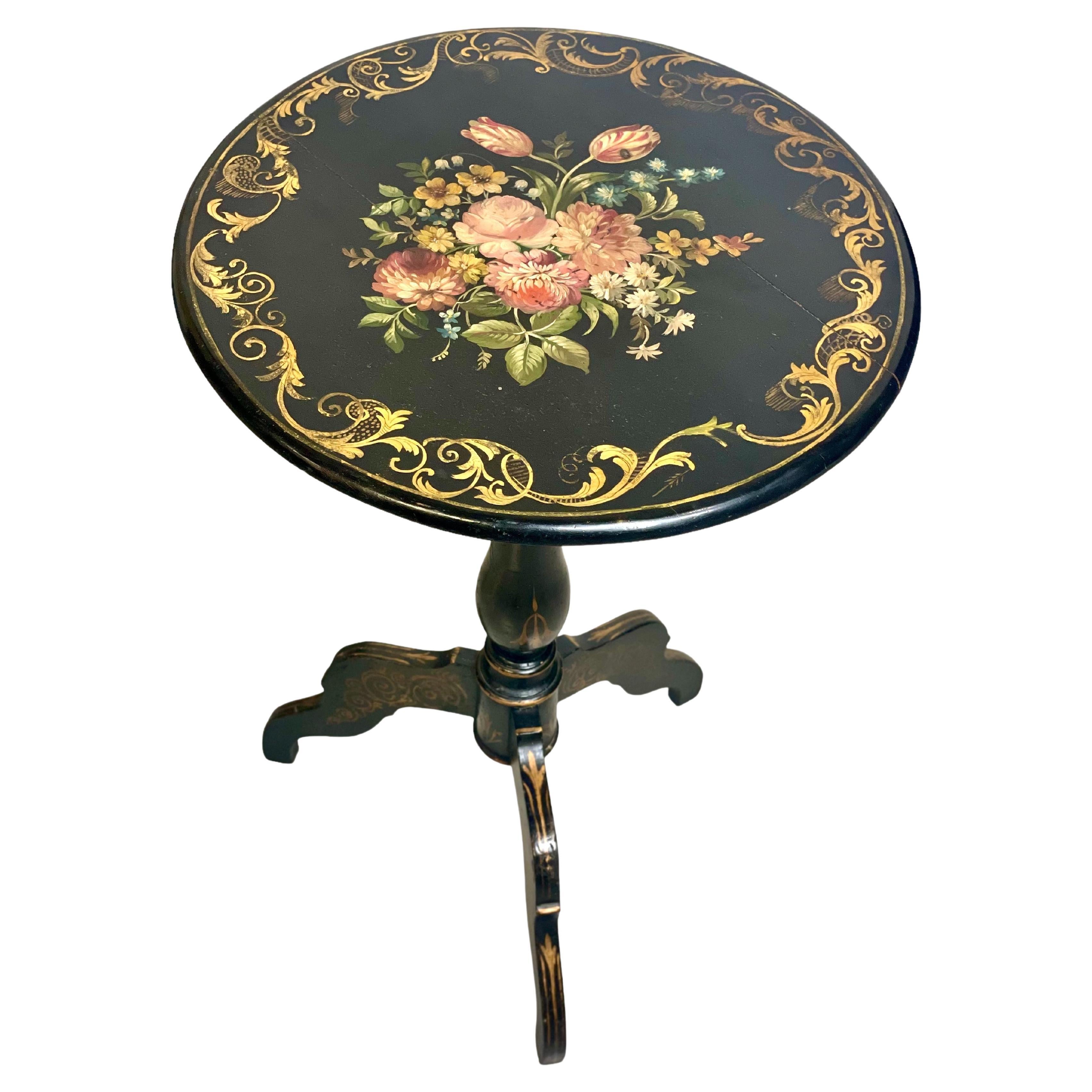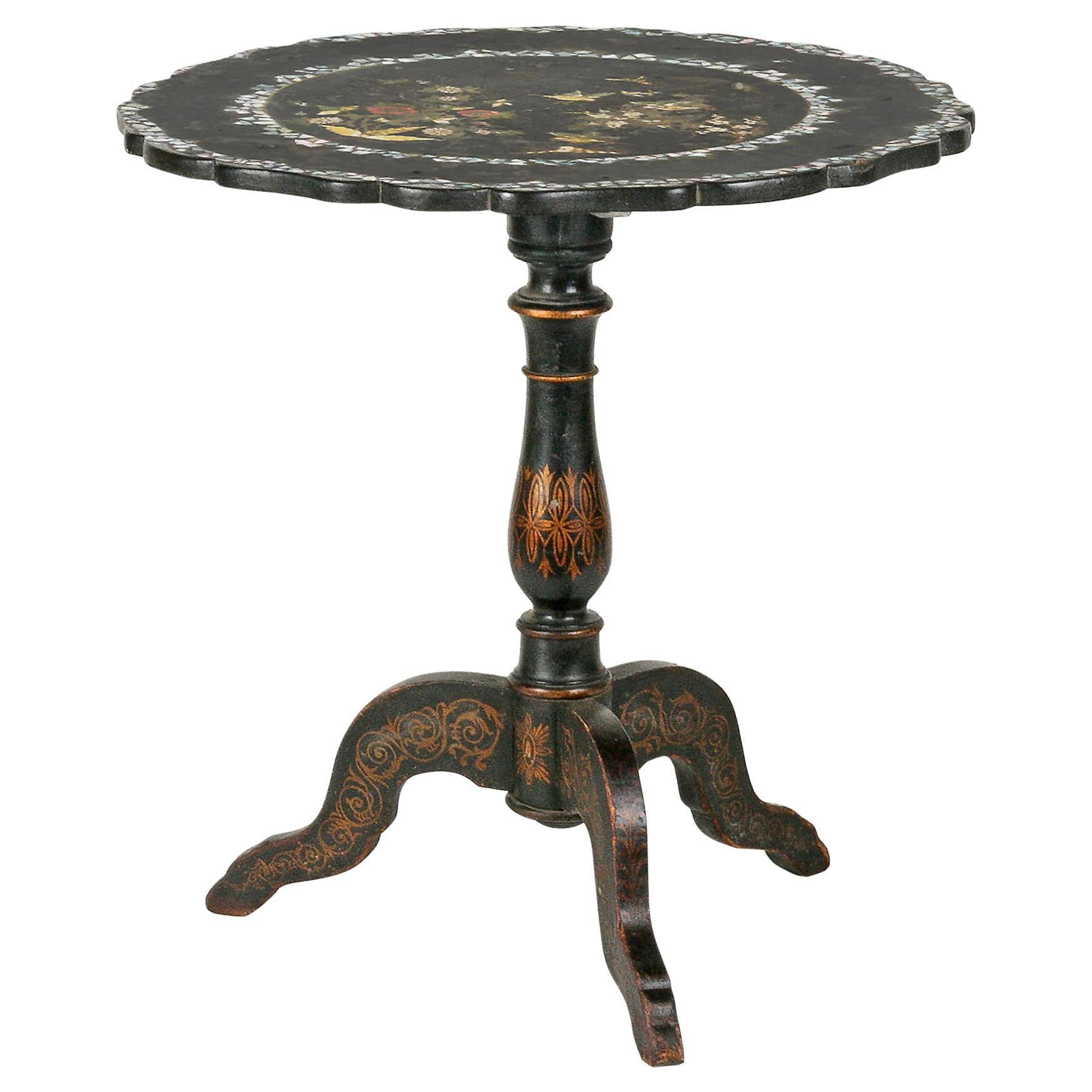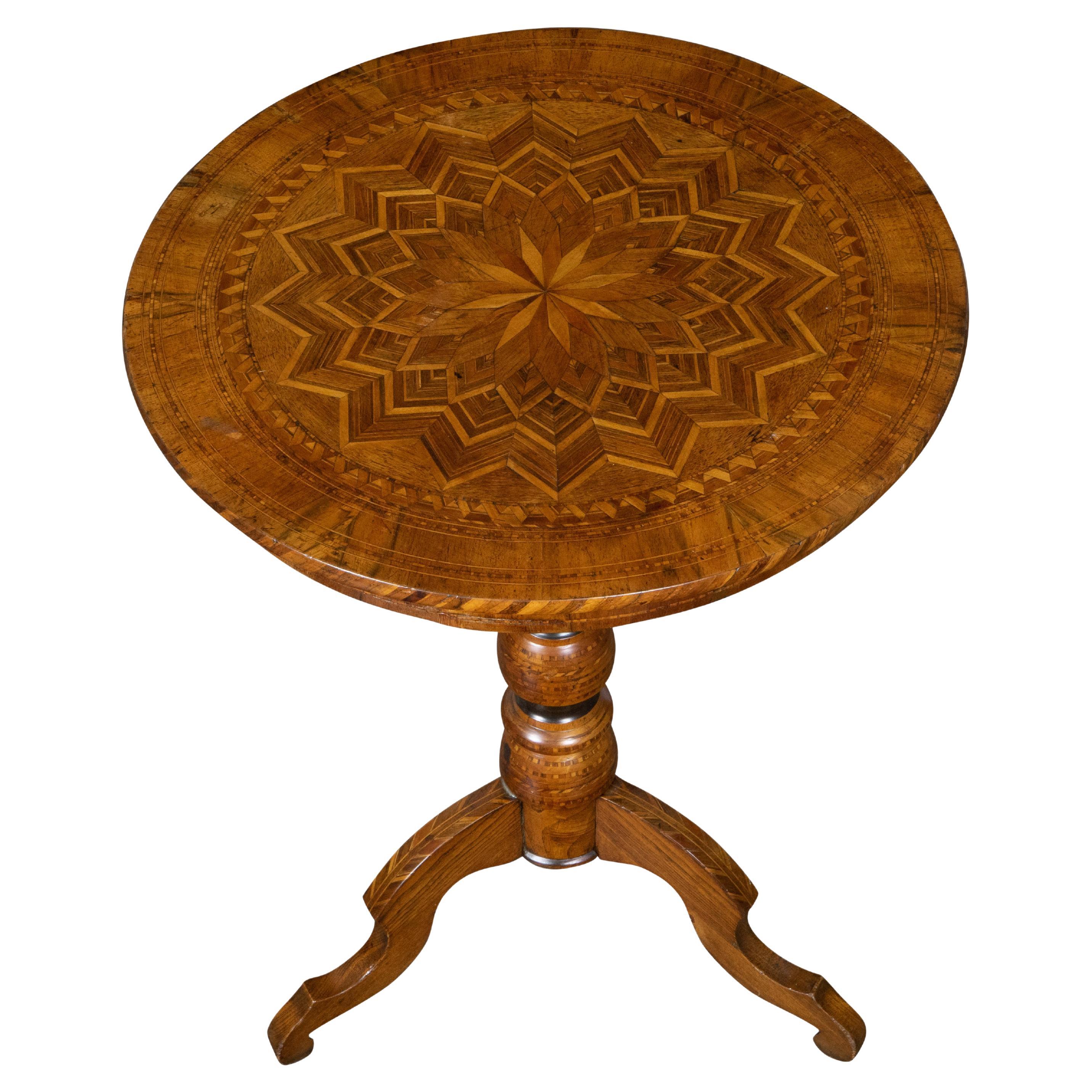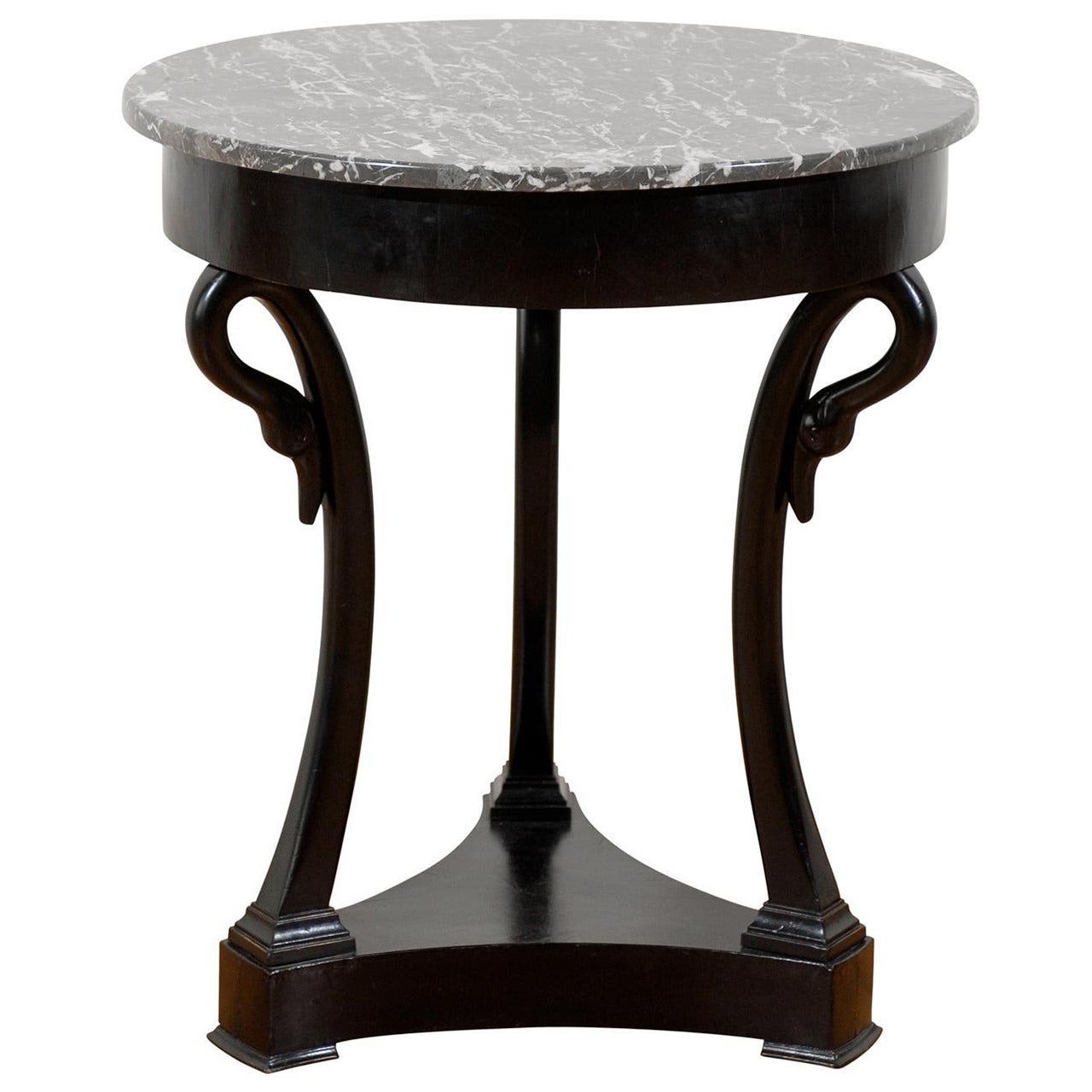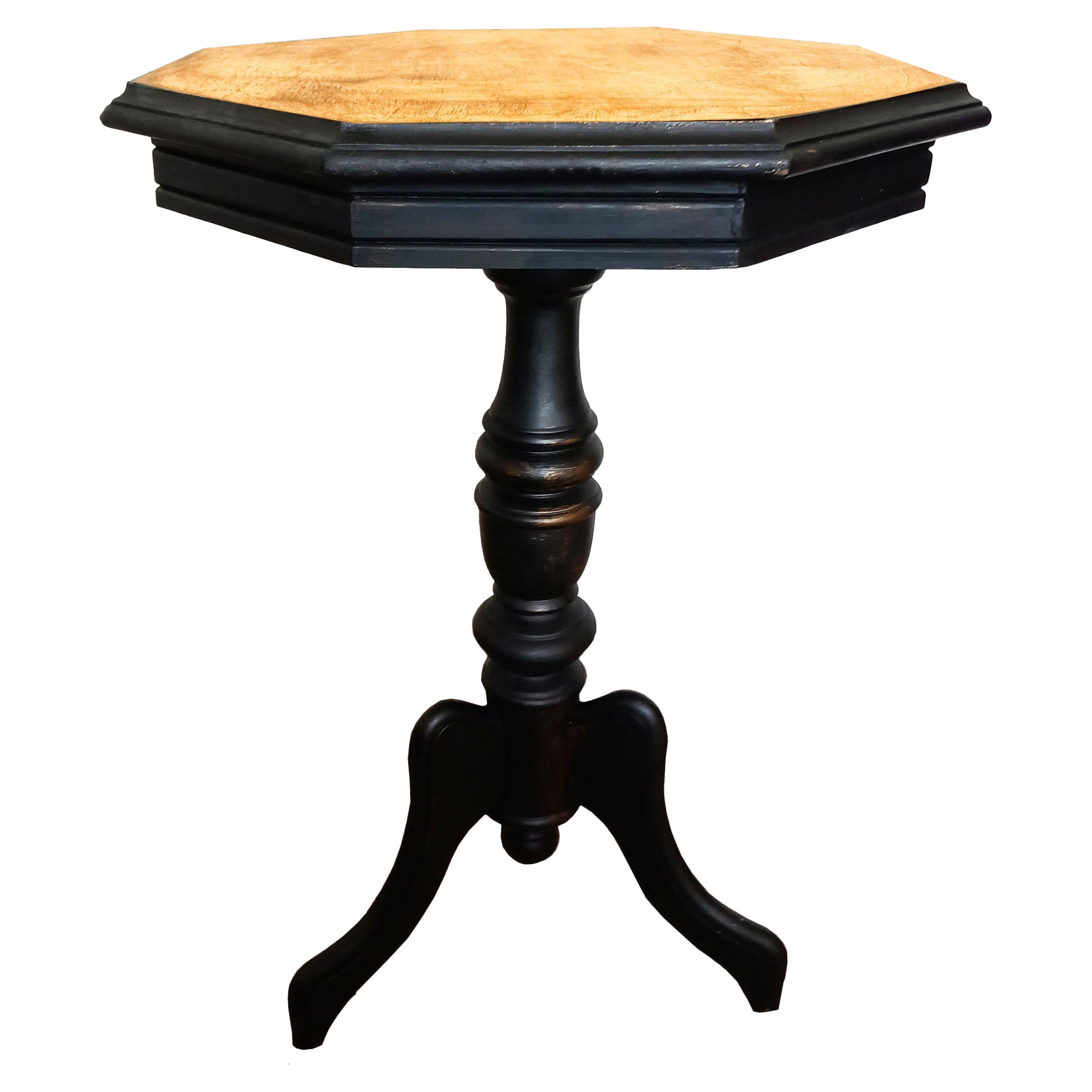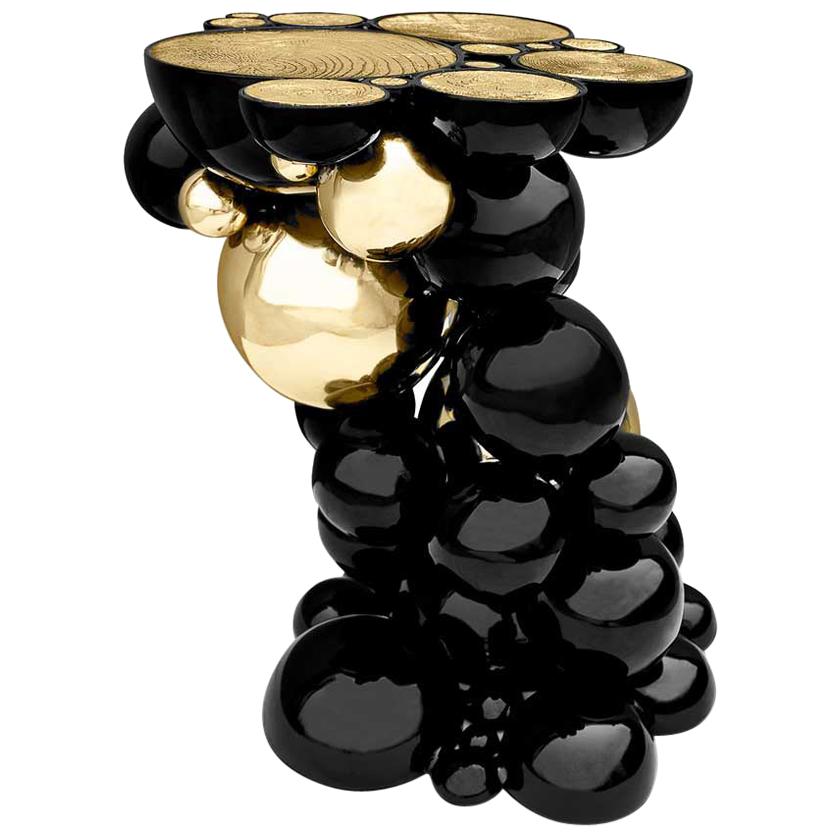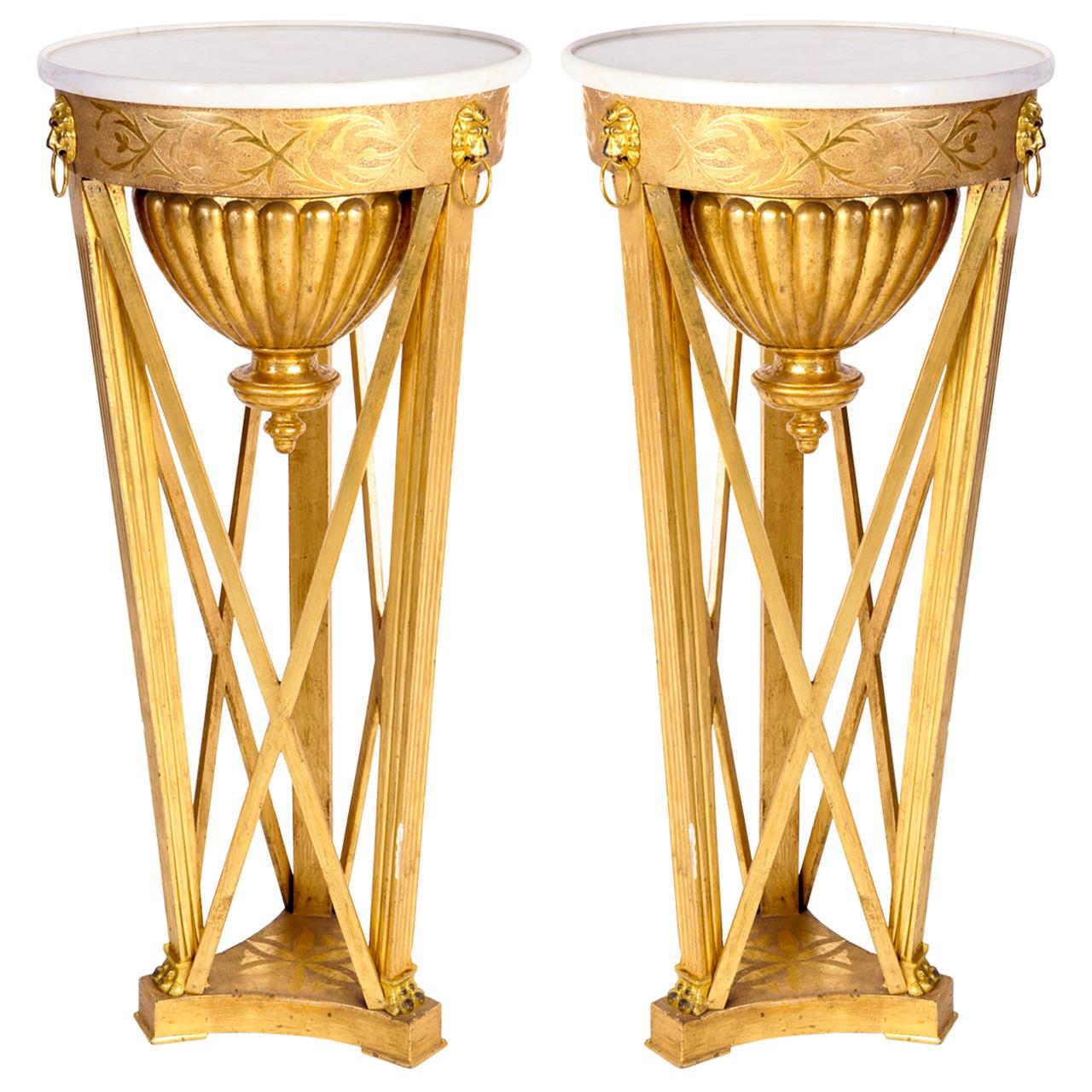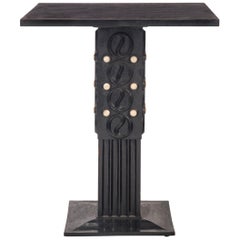
Very Rare Mother-of-Pearl Inlaid Ebonized Wood Pedestal Table
View Similar Items
1 of 5
Very Rare Mother-of-Pearl Inlaid Ebonized Wood Pedestal Table
About the Item
- Creator:Josef Urban (Designer)
- Dimensions:Height: 23.5 in (59.69 cm)Width: 20 in (50.8 cm)Depth: 20 in (50.8 cm)
- Style:Vienna Secession (Of the Period)
- Materials and Techniques:
- Place of Origin:
- Period:
- Date of Manufacture:circa 1922
- Condition:Wear consistent with age and use. Very good condition, crackled paint as might be expected of an original period table. A stunning table ready to add to your collection.
- Seller Location:New York, NY
- Reference Number:Seller: HM-69531stDibs: LU855611414321
You May Also Like
- French Napoleon III Lacquered Tilt-Top Table Mother of Pearl InlaidLocated in Casteren, Noord-BrabantAn antique French tilt-top table from the Napoleon III period. The table is made of wood (a softwood type), with lacquer work, paintwork and inlays made of mother of pearl. The chas...Category
Antique 1880s French Napoleon III Gueridon
MaterialsSoftwood
- Moroccan Hexagonal Marquetry Side Table Ebonized Pedestal TableLocated in Labrit, LandesEbonized pedestal table with maquetry top, Moroccan side table, late 19th century. Good antique condition with signs of use. Shipping: 75 / 87 / 70 cm 22 kg.Category
Antique Late 19th Century Moroccan Gueridon
MaterialsWood
- Mother of Pearl Side Table by Marten and JoostBy Joost Dingemans, Marten van MiddelkoopLocated in Geneve, CHMother of pearl side table by Marten and Joost Sustainable design: Plastic waste into timeless design...? - Measures: L 40, W 40, H 43.5cm - Recycled polycarbonate - Limited edition of 10 - Signed and numbered - Design: Marten van Middelkoop and Joost Dingemans Plasticiet Plasticiet originated from an idea that was formed during a field trip in India where we saw various micro-economies popping up based on local demographic waste streams such as cotton clothes, plastic bottles and metal parts. All in their own unique way the craftsmen there were able to find their own unique translation of these waste materials into something functional and recognizable with added value. They then made these products available for other local industries resulting in personal revenue and providing means of production for other craftsmen, keeping both industries thriving on a small scale. When we were trying to find solutions for people’s and industry’s disposed of plastics, looking back at the idea we studied in India we knew that the outcome should not be a final product. Inspired by the primal beauty and longevity of natural stone we then aspired to create a sheet material that would inspire other creators to build objects that can last. To make a waste material appealable we underwent a thorough research on how to give these plastic products a distinct super-natural marbled or terrazzo appearance, for if the material isn’t beautiful it won’t sustain. For the past two years we have underwent some challengers working with recycled plastic. Each plastic has a different viscosity even when it’s of the same type. Besides that we often work with plastic that contain some sort of contamination. Hence we always need to test our material intensively before we are able to resell it as a sheet material. This hands-on approach allows for quite a bit of experimentation which gives way for us to broaden our knowledge. Manifesting this collection was about stretching the boundaries of our know-how, creating a craft with a highly industrialized material yet at the same time we wanted to show that plastic waste used as a raw material is able to stand out next to other high-end materials. Given that Plasticiet’s key inspiration always comes from natural stone and rock formations it was only logical to find inspiration in the Neolithicum - the last part of the Stone Age - where our predecessors used more primitive means to come about. The collection currently holds three pieces; a cabinet, stool and chair. Three basic yet essential pieces of furniture that everyone recognizes instantly. To create the marbled or pearlescent design we first melt the material, and then start kneading and mixing it when it’s still warm. The technique we use is very similar to taffy making for sugary candy canes. During this process the material is stretched and folded numerous times, aerating it. The tiny stretched air bubbles captured within the translucent plastic reflect light resulting in an iridescent glow resembling mother of pearl. Every part of the mother of pearl collection is individually moulded and when all the parts are completed they’re joined together. We can create much larger pieces than what the collection currently shows by playing with the composition and holding in mind that polycarbonate is an extremely tough material. Currently the largest single block we’ve made was around 15 kilograms, which is twice the size of the chair’s seat. At that weight it’s quite a tough job stretching and folding the material but we’re planning to go bigger still! Four hands are better than two, so 30kg should definitely be achievable. To source the material we partnered up with several Dutch companies such as LC Plastics, Suez and PRC. We often drive by to visit their shredding facilities to see what’s in stock. Other times we receive a call when a batch of plastic arrived that’s contaminated with leaves, water or a wrong plastic type mixed within; the regular plastic industry can often not deal with this because it will damage their machinery. Normally batches like this end up...Category
2010s Dutch Organic Modern Side Tables
MaterialsResin
- Italian 1890s Walnut Guéridon Table with Marquetry Top and Ebonized PedestalLocated in Atlanta, GAAn Italian walnut guéridon side table from the late 19th century with round marquetry decorated top, carved and ebonized pedestal and tripod base. Created in Italy during the last qu...Category
Antique Late 19th Century Italian Gueridon
MaterialsWalnut
- French Directoire Style 1880s Guéridon Table of Ebonized Wood with Swan MotifsLocated in Atlanta, GAA French ebonized wood Directoire style guéridon side table with grey marble top and swan motifs from the late 19th century. This French table features a round variegated grey marble...Category
Antique Late 19th Century French Directoire Gueridon
MaterialsMarble
- Italy Early 19th Century Table with Solid Ebonized Walnut Foot Inlaid Walnut TopLocated in Brescia, ITElegance, charming, beauty, are the adjectives to attribute to this tea table or side table, handmade in the Northern part of Italy, Lombardia, in the Early 19th Century. The walnut ...Category
Antique Early 19th Century Italian Regency Side Tables
MaterialsWalnut
